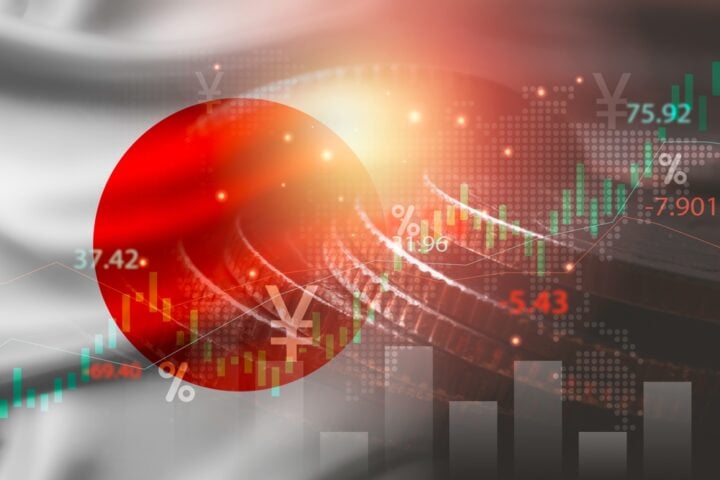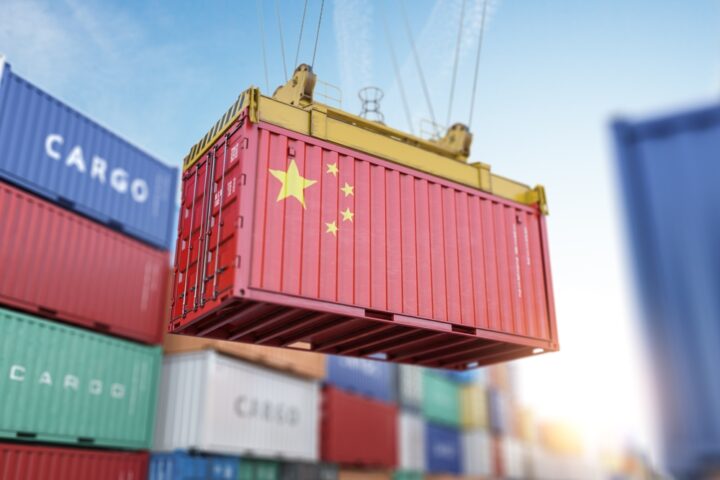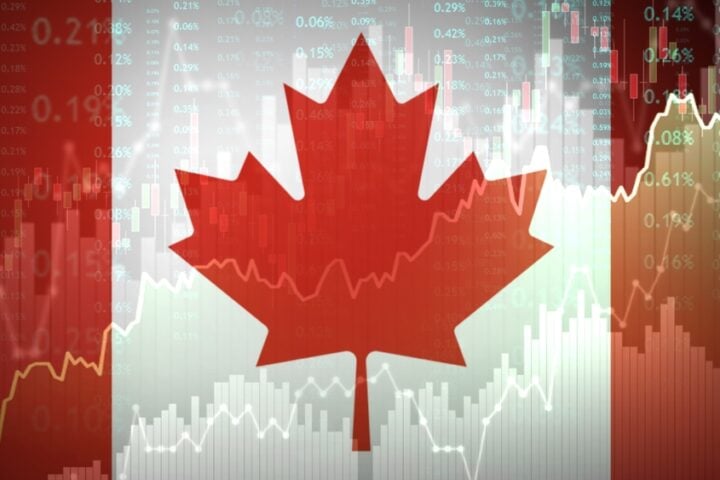New York copper hits all-time high
Copper prices in New York hit an all-time high on Wednesday, with futures spiking to $5.374 per pound before settling at a record $5.24. The surge followed a Bloomberg report suggesting President Donald Trump could impose tariffs on copper imports sooner than anticipated.
Market expectations had priced in tariffs later in the year, but the new developments triggered a rush by U.S. buyers to stockpile copper. Futures are now up 30% in 2025, far outpacing gold’s 16% gain and U.S. stock market performance.
Tariff speculation fuels demand
Although no tariffs have been formally announced, Trump signed an executive order last month to investigate national security risks related to copper imports. The prospect of tariffs is causing market disruptions and driving speculative buying.
“Copper, a key industrial metal that has yet to be included in Trump’s widening catalogue of tariff-hit products, continues to rally on the assumption that it is just a matter of time,” said Saxo Bank’s Ole Hansen.
The red metal, essential for construction, electronics, energy, and defense, is not currently listed among the 50 “critical minerals” but has been labeled a “critical material for energy” by the Department of Energy.
Global markets respond to U.S. surge
In London, copper prices have also risen, though more modestly. The New York market has diverged sharply, now trading at a 17% premium. Commodities giant Mercuria estimates U.S. copper imports in April could hit 500,000 tons—seven times the average monthly volume.
Goldman Sachs analysts noted the “front-running” of tariffs is driving this demand surge. They originally projected tariffs to start between September and November, but that timeline now appears in flux.
Long-term supply challenges
While recent price spikes are driven by speculative buying, long-term structural issues also support copper’s rise. Global demand—especially for EVs and green technologies—continues to climb, while supply remains tight. Glencore’s decision to suspend a Chilean smelter has only added to the strain.
The International Energy Agency projects global copper supply will meet just 70% of demand by 2035.
Despite the frenzy, some analysts are warning of a short-term correction if the speculative buying eases. “There may be a price correction, at least temporarily, as soon as the pull-forward effect on US demand comes to an end,” said Commerzbank.







